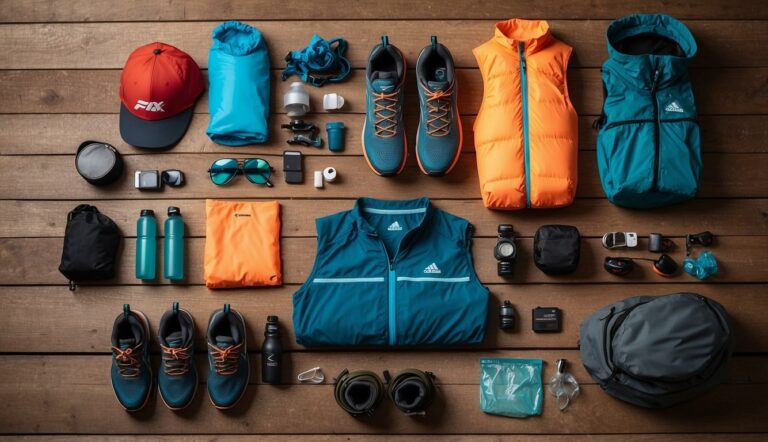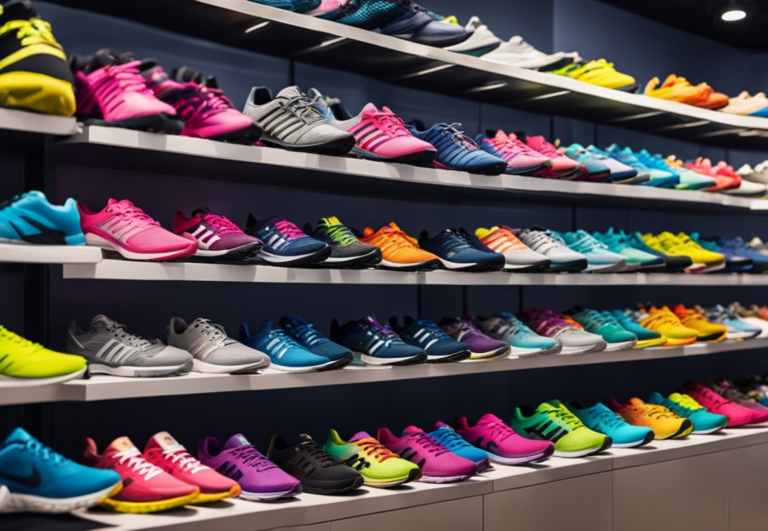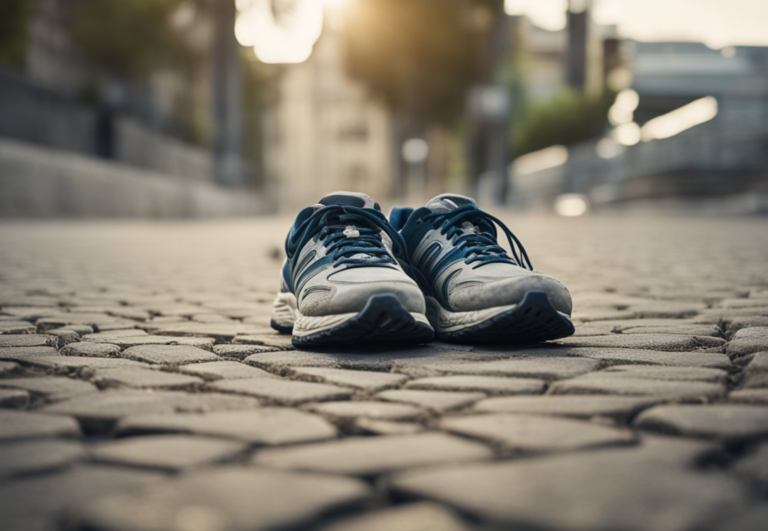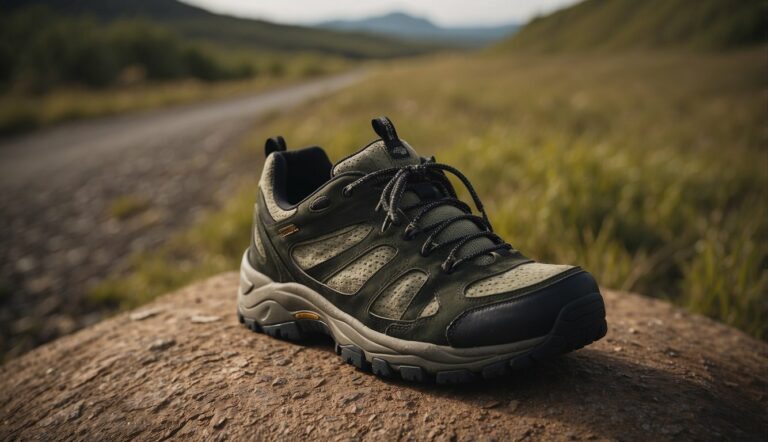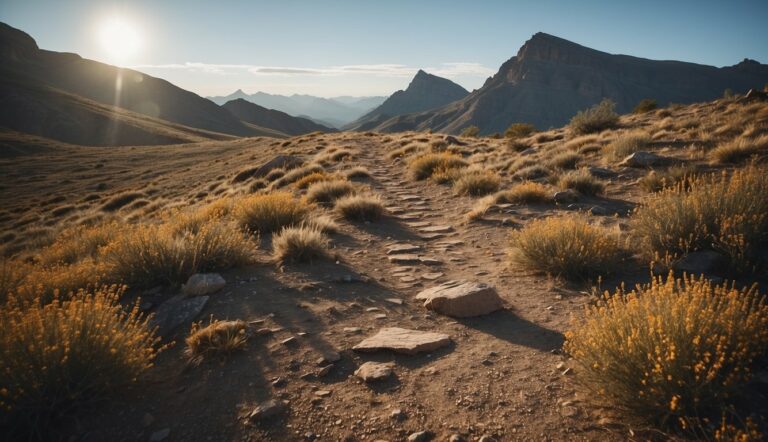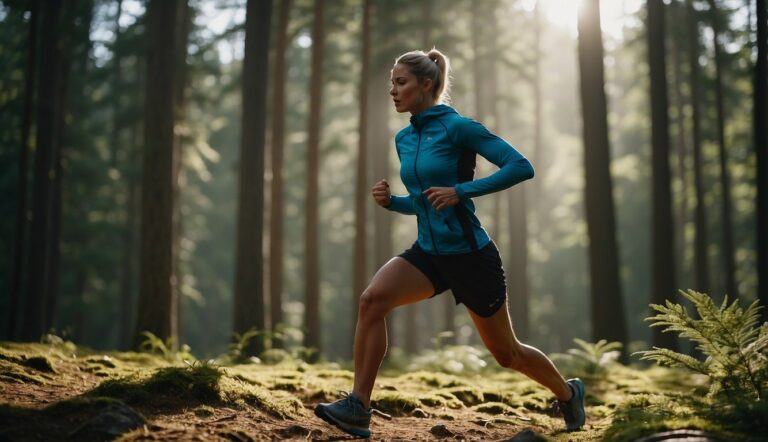Ultralight Trail Running: Essential Tips for Lightening Your Load
Running trails with minimal gear enables one to enjoy nature’s splendor without excess weight slowing them down. As a UESCA certified running coach with extensive trail experience, I’ve learned the art of ultralight trail running, which focuses on maximizing speed and efficiency. The fundamental goal is to carry only what is essential, thus reducing the burden on your body and allowing for quicker and smoother running.
When selecting gear, every ounce matters; the lighter the gear, the less energy you expend. For trail runners aiming to minimize gear without sacrificing safety or comfort, it’s crucial to choose items that serve multiple purposes and are made from lightweight materials. From footwear to hydration systems, considering the weight-to-utility ratio is key.
Efficiency on the trails isn’t just about selecting the lightest gear; it’s also about how you use it. Streamlining your packing technique ensures that you have easy access to what you need, when you need it, without any unnecessary rummaging. For my trail runs, I focus on packing smart, carrying gear that supports my speed and conserves my energy, thus enhancing my trail running performance.
Essentials of Ultralight Gear for Trail Runners
Reducing pack weight is crucial for maximizing efficiency in trail running. I’ll share my expertise on selecting the ideal ultralight gear which includes understanding pack weight, choosing the right backpack, and selecting footwear for trail success.
Understanding Pack Weight
The goal of ultralight gear in trail running is to carry the minimum weight while maintaining access to essentials. When considering the weight of your pack:
- Base Weight: Keep the base weight (everything except consumables like food and water) below 10% of your body weight.
- Essentials First: Prioritize safety and comfort by ensuring your gear kit includes navigation, hydration, and emergency items.
Selecting the Right Ultralight Backpack
An ultralight backpack should serve as an extension of your running gear, feeling comfortable and not hindering your movement:
- Capacity: Aim for 20-30 liters, sufficient for the essentials without extra space to overpack.
- Material: Look for durable, water-resistant fabrics like Dyneema to withstand trail conditions.
| Backpack Feature | Ideal Specification |
|---|---|
| Fit | Snug, with minimal to no bounce |
| Straps and Padding | Breathable, light, and minimal |
| Access | Easy on-the-go opening/closure |
Choosing Footwear for Trail Running
Shoes are arguably the most important piece of gear for a trail runner. My recommendations:
- Trail Running Shoes: Select shoes designed specifically for trail running, prioritizing grip, protection, and weight.
- Socks: Pair your shoes with moisture-wicking, snug-fit socks to prevent blisters and maintain comfort.
| Shoe Feature | Importance |
|---|---|
| Grip | Essential for traction on diverse terrains |
| Weight | Lightweight to reduce fatigue |
| Protection | Shield feet from rocks and roots |
When selecting your ultralight gear, consider each piece’s function and necessity. I’ve found that a focused approach to gear selection keeps my pack light and allows me to enjoy trail running with the freedom and speed it deserves.
Ultralight Shelter and Sleep Systems

The essence of ultralight trail running is maximizing speed and efficiency. This starts with selecting the right shelter and sleep system, crucial for a restful night’s sleep without weighing down your pack.
Tarp vs. Tent vs. Hammock
Tarp: Tarps are the lightest shelter option, perfect for runners prioritizing minimal weight. You can use trekking poles for setup, eliminating the need for tent poles.
- Weight: Very light
- Pros: Highly versatile, easily configurable
- Cons: Less protection from insects and weather
Tent: Ultralight tents offer more comprehensive protection. Consider a single-wall tent or a trekking pole tent to save weight.
- Weight: Light to moderate
- Pros: Better protection, more privacy
- Cons: Heavier than tarps, can be complicated to set up
Hammock: Hammocks are comfortable and can be set up almost anywhere with trees. Remember, they require insulation underneath to prevent heat loss.
- Weight: Variable
- Pros: Comfortable sleep, quick setup
- Cons: Requires trees, additional insulation needed
Sleeping Bags and Quilts
Sleeping Bags: A staple of the traditional sleep system, choose a sleeping bag rated just below the lowest temperatures you expect.
- Insulation: Down or synthetic
- Temperature Rating: Depends on expected conditions
Quilts: Often lighter than sleeping bags, quilts are ideal for runners who sleep warm and don’t need the snug fit of a bag.
- Insulation: Down or synthetic
- Features: Less material, open back design, clips to secure to your sleeping pad
Sleeping Pads for Comfort and Insulation
A sleeping pad is not just for comfort; it provides critical insulation from the ground. Look for pads with high R-values if you’re expecting colder conditions.
R-Value: Measure of insulation. The higher, the warmer.
| Type | Weight | Insulation |
|---|---|---|
| Foam Pad | Lightest | Less insulation |
| Air Pad | Light | Good insulation |
| Hybrid Pad | Moderate | Best insulation |
Opt for an air pad for a balance between comfort and weight or a foam pad for the most weight savings. Remember to pair with a supplemental pad in colder temperatures to boost the R-value.
Clothing and Weather Protection

When trail running, selecting the right clothing and weather protection is crucial for comfort and performance. Let’s break down the essentials.
Base Layers and Running Shorts
I recommend moisture-wicking base layers that keep you dry and comfortable. For running shorts, aim for lightweight, breathable materials that allow freedom of movement. Here’s what I typically suggest:
- Base Layers: Lightweight, synthetic or merino wool materials.
- Running Shorts: No more than 5-inch inseam for ease of stride.
Rain Gear and Thermal Insulation
Unexpected weather changes are common, so packable rain gear is a must-have. For cooler temperatures, a compact thermal layer can provide necessary warmth without bulk.
- Rain Gear: Look for waterproof, yet breathable, jackets.
- Thermal Insulation: Opt for a thin, insulated jacket with a high warmth-to-weight ratio.
Accessorizing with Gloves, Hats, and Buffs
Hands, head, and neck are key areas to protect, especially in changeable weather. Gloves should be light but insulating, hats for sun and cold, and a buff for versatile neck and face protection.
- Gloves: Thin, quick-drying fabrics.
- Hats: Breathable with a brim for sun; insulated options for cold.
- Buffs: A stretchy, multi-use fabric tube suitable for all conditions.
Nutrition and Hydration on the Trail
Achieving maximum speed and efficiency in ultralight trail running demands careful consideration of nutrition and hydration while balancing the weight and simplicity of your gear.
Lightweight Cooking Systems
When it comes to cooking systems, I prioritize compactness and reliability. A lightweight stove and a single pot are all I need for quick meal preparation on the trail. The stove should be fuel-efficient and work well in various weather conditions. Here’s a simple setup:
- Stove: Ultralight single-burner stove
- Pot: Small, lightweight pot with a lid (multi-purpose for cooking and eating)
Food Selection for Energy and Nutrition
Selecting the right food significantly affects performance. I choose high-energy, nutrient-dense foods that are also lightweight and non-perishable. Here’s an example of what I pack for a day:
- Breakfast: Instant oatmeal, nuts, and dried fruit
- Lunch/Dinner: Pre-packaged dehydrated meals, jerky, and nut butter
- Snacks: Energy bars, gels, and mixed nuts
Water Purification and Storage
Hydration can’t be overlooked. I carry a lightweight water filter which allows me to purify water from natural sources on the go. Additionally, I use collapsible water containers to save space and reduce weight. Here’s a brief list of what I carry for hydration:
- Water purification: Compact filter or purification tablets
- Storage: Collapsible water bottles or a hydration bladder
Navigation and Safety Essentials
As an expert trail runner and UESCA certified running coach, I know the importance of having the right tools and gear for safety and smooth navigation. In trail running, being prepared with navigation aids and an emergency first aid kit not only ensures safety but also improves efficiency on the trails.
Trail Navigation Tools
Phone Apps and Physical Maps: I always carry a reliable phone with navigation apps, ensuring it’s fully charged and within a durable, waterproof case. For backup, a lightweight physical map of the trail is a must-have in case of technology failure.
- Tech Gear:
- GPS Watch: It tracks my location and monitors my pace and distance.
- Compass: A simple and reliable tool for orientation when electronic devices fail.
Emergency First Aid and Signaling
First Aid Kit: My kit is always stocked with essentials but remains compact. It contains:
- Adhesive bandages of various sizes
- Antiseptic wipes and gels for sterilizing wounds
- Gauze pads and adhesive tape
- Blister treatment supplies
- Pain relievers like acetaminophen
- Latex or nitrile gloves
Emergency Signaling: In addition to my first aid supplies, I make sure to include an emergency whistle and a compact, high-decibel whistle is often preferred. Reflective gear and a headlamp or small torch are also crucial for visibility and signaling in low-light conditions.

